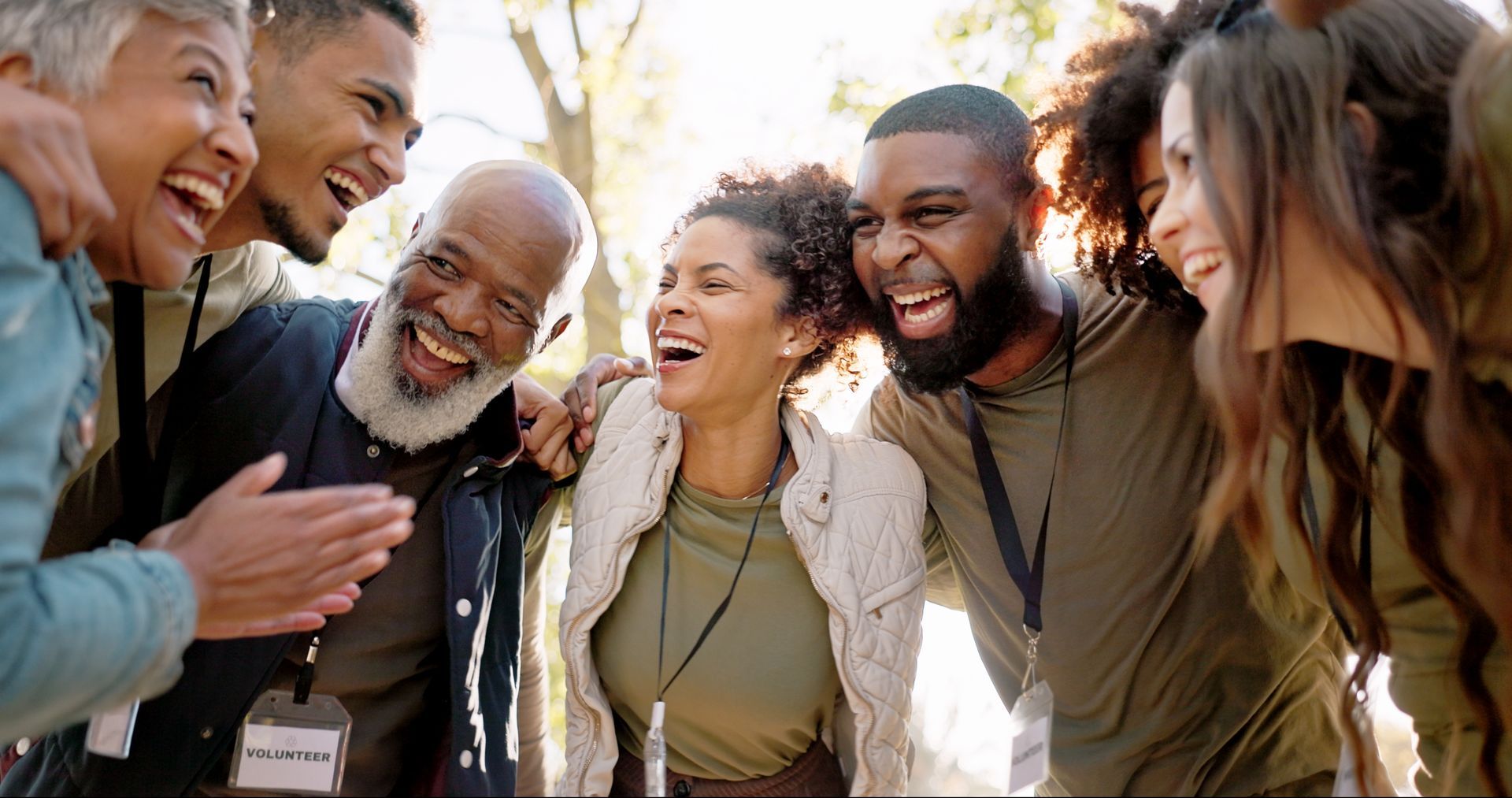Why should we evaluate our efforts?
Four reasons with examples.
Many programs and interventions have been developed that are designed to improve conditions in their local community. Organizations hope to reduce the level of violence that exists, to work for safe, affordable housing for everyone, to help former prisoners re-enter society, or to help students do well in school, for example.
But how do we know if such programs are achieving their intended outcomes? Whether they are effective or not effective, how can we improve them to make them better for local communities? And finally, how can an organization make informed choices about which promising programs are likely to work for the best in their community?
Purpose of a program evaluation
Purpose refers to general intent. A clear purpose for a program evaluation serves as the basis for the design, methods, and use of the results in an evaluation. Taking time to articulate your overall purpose will help your organization make informed decisions about how the evaluation should be conducted and how we should use the results.
There are four general purposes for which an organization might conduct an evaluation, which we will describe below. Under each purpose, we will also provide specific examples an organization might use to use that purpose.
Four purposes for program evaluation with specific examples:
1. To gain insight:
Can be used when an organization is deciding whether to use a new approach to an identified problem (e.g., would a neighborhood watch program work for our community?). Knowledge gained from such an evaluation will provide information about the program's practicality. For a new or developing program, information from evaluations of similar programs may provide the insight needed to clarify how its activities could be designed most effectively.
Specifics:
- Assess the needs and wants of community members
- Identify barriers to use of a proposed program
- Clearly describe and measure a program 's activities
2. To improve how things get done:
Appropriate for a program in the implementation stage, when an established program wants to describe its activities. Here, an organization seeks to describe program processes, to improve program operations, or to fine-tune an overall strategy. Evaluations conducted for this purpose include efforts to improve the quality, effectiveness, or efficiency of program activities.
Specifics:
- Refine plans for introducing a new activity
- Determine the degree to which plans were implemented as planned
- Improve educational curriculum or materials
- Enhance cultural competence
- Verify that participants' rights are protected
- Set priorities for staff training needs
- Make any necessary mid-course adjustments
- Determine how client satisfaction can be improved
- Find out which participants benefit the most from a program
- Mobilize community support for the program
3. To determine what effects a the program has:
This type of evaluation examines the relationship between program activities and observed outcomes. "Are more students able to complete high school as a result participating on our program?" for example. Programs that are most appropriate for this type of evaluation are those that are mature programs and that can state clearly what happened and who it happened to. Such evaluations would provide evidence about what the program's contribution was toward reaching it's long-term goals such as reduced child abuse or crime in the area. This type of evaluation helps establish the worth or merit of a program to funders and to the community.
Specifics:
- Assess skills development by program participants
- Compare changes in behavior over time
- Decide where to allocate new resources
- Document the degree of success in achieving objectives
- Use information gained from multiple evaluations to predict the effects of similar programs
4. To affect those who participate in it:
Reflections from evaluation participants can itself be a catalyst for change. One of the purposes for evaluating a program is to determine if the program had a positive influence on participants. An evaluation, for example, might reveal ways to empower program participants, to supplement the program, to promote staff development, or to contribute to organizational growth.
Specifics:
- Reinforce messages of the program
- Raise awareness about community issues
- Increase consensus about program goals among partners
- Gather success stories from participants
- Support the organization's change and improvement
In summary
Evaluation is a powerful strategy for demonstrating that programs and interventions are making a difference. It is a driving force for developing sound strategies, improving existing programs, and demonstrating the results of a program’s activities and investments in time and resources. It also helps determine if what is being done to is worth the cost.










